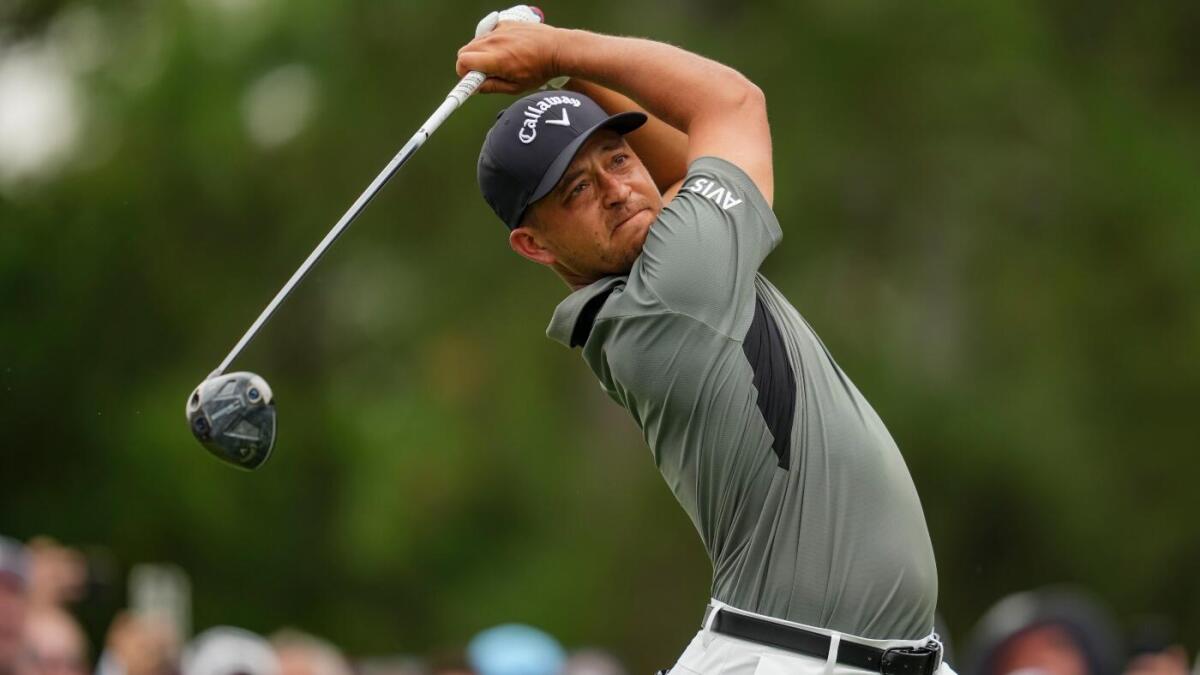Unveiling the Future of the 2025 U.S. Open: Insights from an Advanced Predictive Model
Golf’s grand stages rarely lack drama, but the 2025 U.S. Open promises a blend of tradition and surprise framed by a cutting-edge predictive model. This model, boasting a striking history of accuracy—including nailing the past four Masters—provides a rare glimpse into the complex tapestry of probabilities shaping the upcoming tournament. Let’s explore how this sophisticated simulation translates raw data into riveting narratives about favorites, dark horses, and potential upsets.
A Model Built on Depth and Precision
At the heart of these insights is a simulation run 10,000 times over, capturing countless iterations of how the tournament could unfold. This isn’t just number crunching; it’s a carefully constructed ecosystem where historical performance, recent form, and course nuances collide. Such rigor transforms what might be casual speculation into statistically grounded forecasts. The model’s track record bolsters confidence, suggesting we’re viewing a forecast far more reliable than typical betting odds.
The Favorites: Expectations and Edge
Leading the pack is Scottie Scheffler, whose recent triumph at the PGA Championship cements his status as the one to beat with odds at +320. His momentum is infectious, painting him as both a dominant force and a player brimming with confidence heading into the U.S. Open.
Close behind is Rory McIlroy (+550), a consistent top performer renowned for resilience and skill, especially notable when matched against Bryson DeChambeau (+900). DeChambeau’s reputation as the defending champion, combined with his unconventional style and powerful drives, keeps him squarely in the spotlight.
Two other formidable contenders, Jon Rahm (+1200) and Xander Schauffele (+1700), bring credentials and major championship experience. However, lingering questions about their consistency inject an air of uncertainty around their quests for glory.
Dark Horses and Surprises: Betting Against the Odds
Beyond the high-profile names, the model highlights the intriguing possibility of Tyrrell Hatton emerging as a true disruptor at +5000 odds. Typically flying under the radar, Hatton’s potential deep runs signal how experience and course compatibility can flip expectations. For bettors, such a pick symbolizes a high-risk, high-reward strategy grounded in data, not just gut feeling.
The projection that Jon Rahm might stumble—even though he faintly shared the lead late in the last PGA Championship round—adds an unexpected twist. This forecast challenges narrative assumptions and signals the U.S. Open’s inherent volatility where even top contenders must navigate unpredictable pressure and shifting conditions.
Themes Shaping the Tournament: Experience, Momentum, and Fit
Performance in golf’s most demanding settings often balances pure talent with psychological fortitude and adaptability. The model teases this balance by underscoring momentum: Scheffler’s recent hot streak fuels his confidence, while seasoned veterans like McIlroy and DeChambeau harness experience to withstand pressure.
Course fit also emerges as a key player. The model implies that success won’t solely be about raw scores but how players’ styles align with the unique challenges of the U.S. Open layout. This insight encourages a more nuanced view, emphasizing that statistical probabilities hinge on multiple interacting factors beyond headline names.
The Leaderboard Landscape: Fluid and Unpredictable
Simulations frequently place Scheffler at the top, yet they also reveal a swirling competition beneath him. Figures like McIlroy, DeChambeau, Schauffele, and the dark horse Hatton create a dynamic interplay of contenders, ensuring the tournament remains wide open. This fluctuating leaderboard paints the U.S. Open less as a predetermined script and more as an evolving story shaped by countless variables and moment-by-moment performance shifts.
Looking Ahead: A Tournament Where Numbers Meet Drama
The 2025 U.S. Open stands poised as an exhilarating convergence of data-driven insights and on-course drama. While Scheffler’s favored status is well-founded, the model refuses to let certainty settle in. Whether it’s Rahm’s predicted fade or Hatton’s surprise charge, the tournament feels alive with possibility. Fans and bettors alike can anticipate a thrilling spectacle where analytical rigor and the raw human element intertwine, upholding the U.S. Open’s legacy of unpredictability and thrilling competition.

